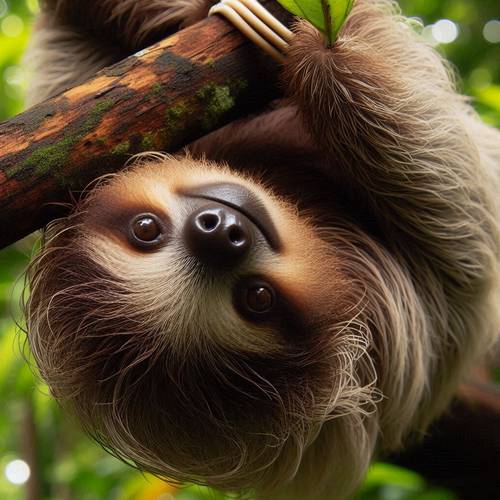Sloths, those enigmatic tree-dwelling mammals, can be found in the tropical rainforests of Central and South America. Two distinct families exist: two-toed sloths (Megalonychidae) and three-toed sloths (Bradypodidae). To spot these elusive creatures, focus on countries like Costa Rica, Panama, Brazil, and Peru.
In Costa Rica, Manuel Antonio National Park and Tortuguero National Park offer excellent opportunities for sloth sightings. The Amazon rainforest, particularly in Brazil and Peru, harbors numerous sloth species. In Panama, the Soberanía National Park is a prime location.
Look for sloths high in the canopy, often motionless and blending with foliage. They're typically found in cecropia trees, their preferred food source. Dawn and dusk are optimal viewing times, as sloths may be more active.
Patience is key; their slow movements and camouflage make them challenging to spot. Consider hiring a local guide with expertise in tracking these fascinating creatures to enhance your chances of a memorable encounter.
In Costa Rica, Manuel Antonio National Park and Tortuguero National Park offer excellent opportunities for sloth sightings. The Amazon rainforest, particularly in Brazil and Peru, harbors numerous sloth species. In Panama, the Soberanía National Park is a prime location.
Look for sloths high in the canopy, often motionless and blending with foliage. They're typically found in cecropia trees, their preferred food source. Dawn and dusk are optimal viewing times, as sloths may be more active.
Patience is key; their slow movements and camouflage make them challenging to spot. Consider hiring a local guide with expertise in tracking these fascinating creatures to enhance your chances of a memorable encounter.



